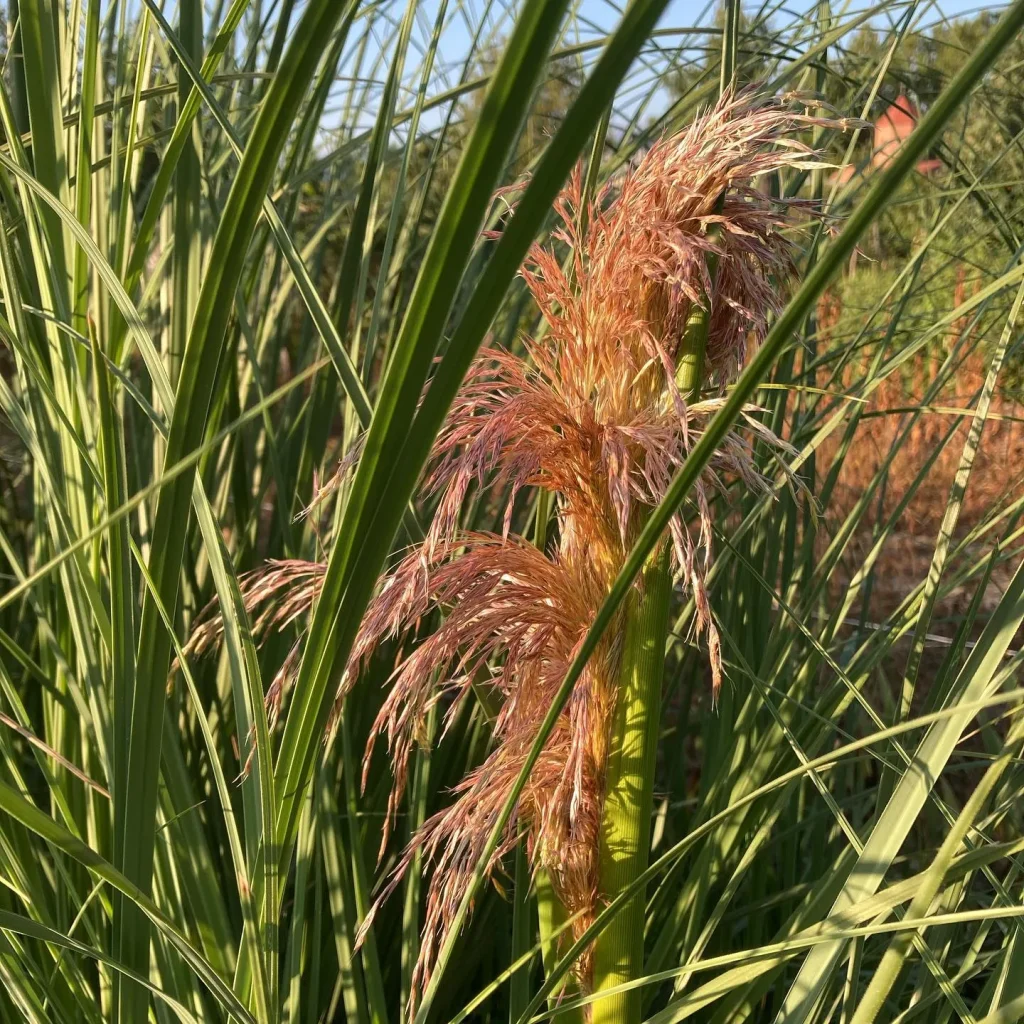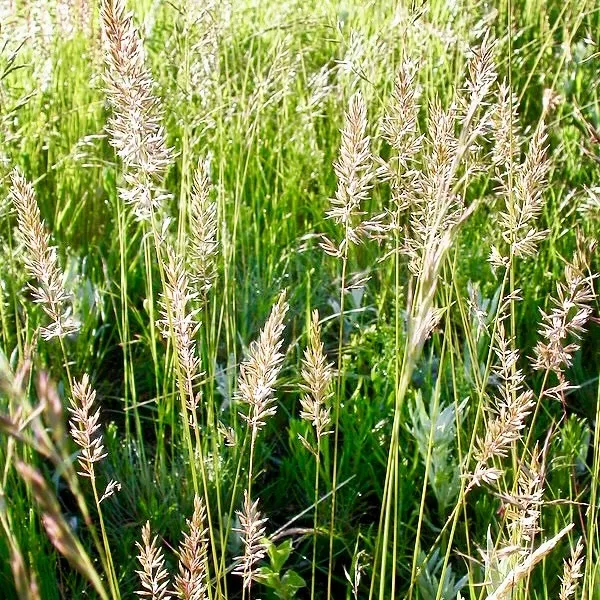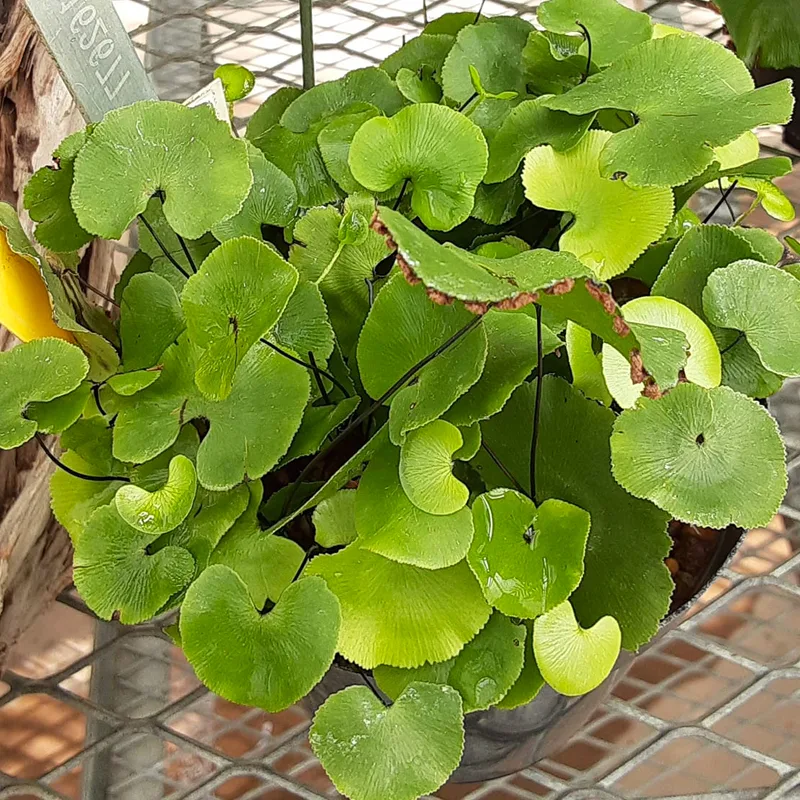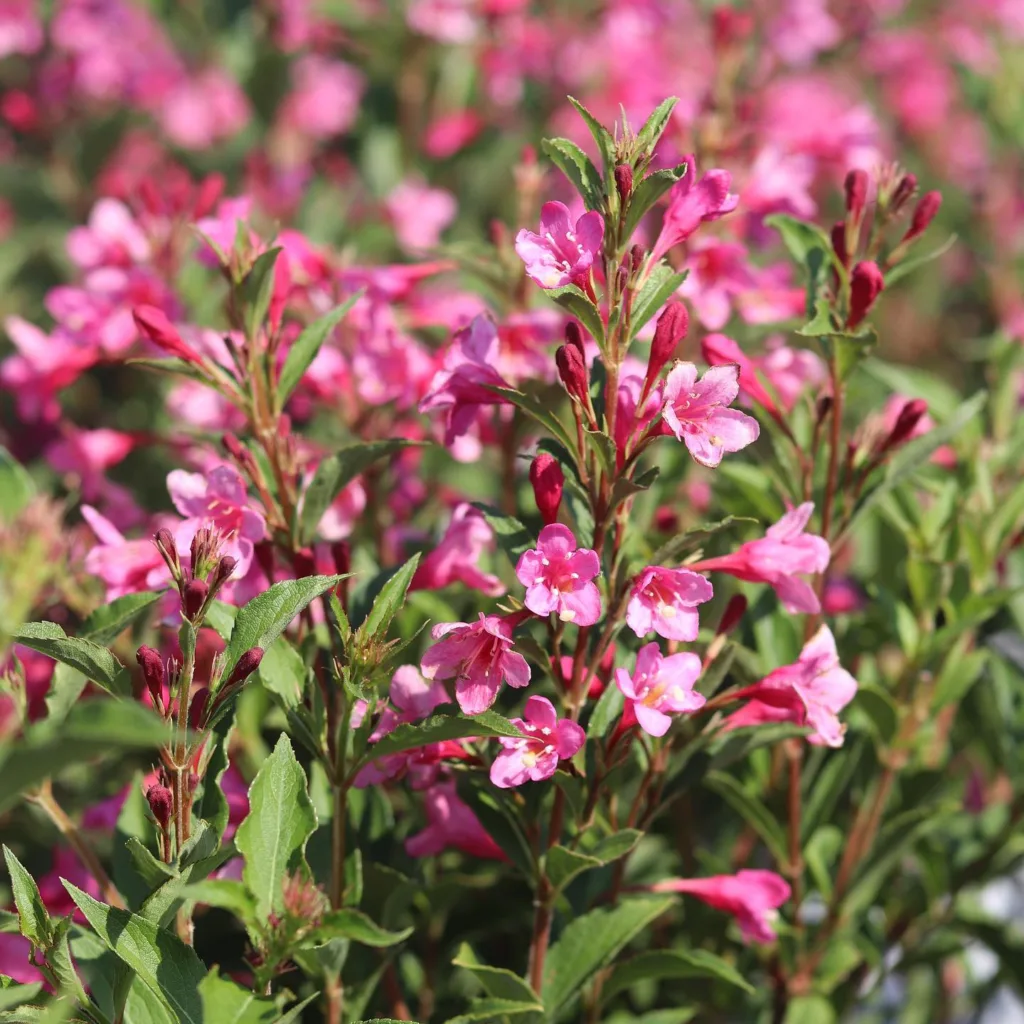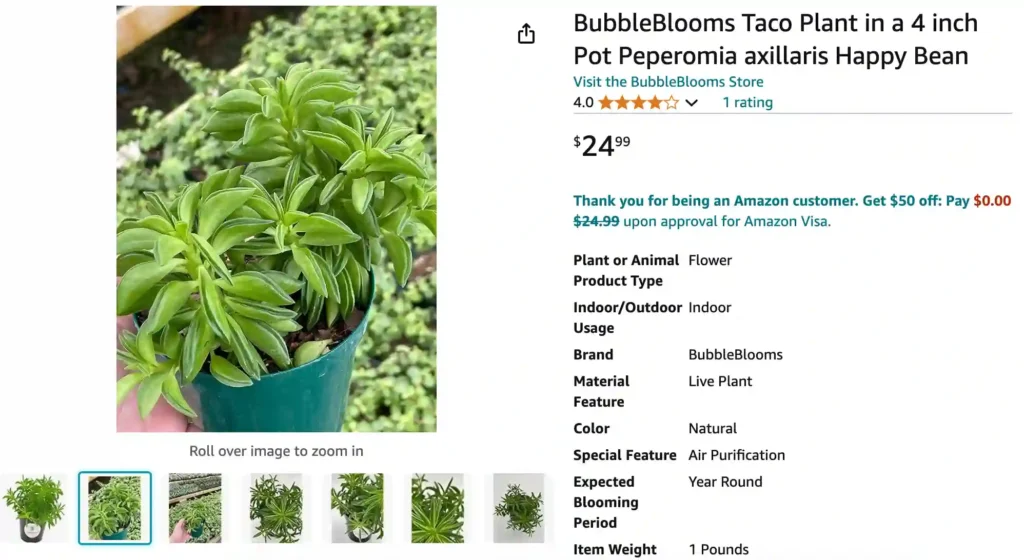
What is Peperomia Axillaris?
There’s a certain charm to the Peperomia Axillaris, a succulent with captivating, plump leaves resembling tiny green tacos. Unlike its flamboyant cousins, the Peperomia boasts a quiet elegance, its understated beauty thriving in a corner with indirect sunlight. As a lover of all things botanical, I couldn’t resist adding this little wonder to my collection, and its ease of care quickly won me over. But perhaps the most delightful aspect of the Peperomia Axillaris is its willingness to propagate, allowing you to share its charm with fellow plant enthusiasts or create a miniature forest within your own home.
Before we delve into the world of propagation, let’s take a moment to appreciate this unique little plant. Native to the rainforests of South America, the Peperomia Axillaris thrives in environments with moderate humidity and well-draining soil. Its cascading stems are adorned with fleshy, shield-shaped leaves, often boasting a vibrant green hue with a subtle sheen. While the Peperomia produces inconspicuous flowers, the true star of the show remains its foliage, offering a touch of whimsy to any indoor space.
1424 Species in Genus Peperomia
How to Care for Your Peperomia Axillaris?
Once you’ve welcomed your Peperomia Axillaris home, providing it with the right environment will ensure it flourishes. Here’s a quick rundown on its care needs:
- Light: This little trooper prefers bright, indirect light. Avoid harsh midday sun, as this can scorch its delicate leaves.
- Water: Remember, “less is more” when it comes to watering your Peperomia. Allow the soil to dry completely between waterings. Overwatering is a leading cause of root rot, so err on the side of caution.
- Soil: Well-draining succulent or cactus mix is ideal. You can also create your own by mixing regular potting soil with perlite or pumice for added drainage.
- Humidity: While the Peperomia Axillaris tolerates average indoor humidity levels, occasional misting can be beneficial, especially during dry winter months.
How to propagate Peperomia Axillaris?
The beauty of the Peperomia Axillaris extends beyond its aesthetics. This plant readily propagates, allowing you to create new life and share the joy with others. Here are two effective methods for propagating your Peperomia Axillaris:
- Stem Cuttings: This is the most common and straightforward method. Choose a healthy stem with at least two nodes (the bump where a leaf meets the stem). Using sharp, sterilized pruning shears, cut the stem just below a node. Remove any lower leaves that might touch the soil. Allow the cutting to callous over for a day or two, letting the cut end dry slightly. Once calloused, plant the stem cutting in a pot filled with well-draining soil, ensuring a node is buried beneath the surface. Water lightly and place the pot in bright, indirect light. Roots should develop within a few weeks.
- Leaf Propagation: While less common, the Peperomia Axillaris can also be propagated from individual leaves. Carefully remove a healthy leaf from the main stem, ensuring a small petiole (leaf stalk) remains attached. Allow the leaf to callous over for a day or two, similar to stem cuttings. Then, place the petiole end in a pot filled with well-draining soil, keeping the soil slightly moist. With a bit of patience, new growth should emerge from the base of the petiole in a few weeks.
Patience is Key
Remember, propagation is a process, not an overnight event. Be patient, provide your cuttings with the right environment, and resist the urge to overwater. Soon enough, you’ll be rewarded with new Peperomia Axillaris to grace your windowsills or share with fellow plant enthusiasts.
With its easy care requirements and willingness to propagate, the Peperomia Axillaris is a perfect plant for both seasoned gardeners and beginners alike. So, why not bring a touch of whimsical charm to your home and embark on the rewarding journey of propagating this delightful little succulent?
If i die, water my plants!
